

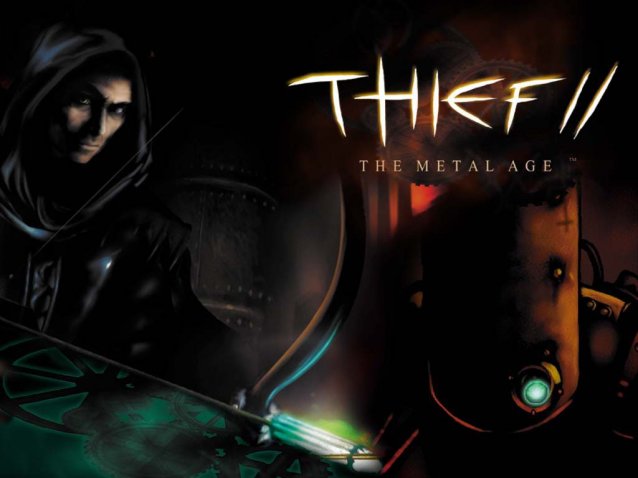
When we grow up, or rather, when you grow out of being an adolescent, we inevitably find ourselves faced with grim realizations, that we were much more gullible and much easier to impress when we were younger. There are few items of adolescent adoration that truly hold up to more mature, grown up scrutinies. Be it TV shows, cartoons or music, our tastes change as we grow older, but they also refine. So it happens a lot that we find ourselves wishing we could go back to a more innocent age of wild eyed bewonderment, which then leads us to grab whatever attracted our fancy in our youth, only to realize that we can now see through the cheap tricks those items of past endearment pulled.
That is, if we bother going back. If we don’t, we oftentimes catch ourselves falling into different holes all together. Mostly the hole of everything was better back then, the unchecked nostalgia that remembers only the emotions and reactions evoked by the things our younger selves loved, while disregarding any contemplations of the actual quality of those things.
These are processes that happen a lot with my generation, the people who grew up in the 80s and 90s, whose defining moments of childhood and youth are now perpetually milked by the entertainment industry, trying to cash in on nostalgia and established brands. Sometimes with more sometimes with less success, and with similarly varying degrees of quality. Also with varying degrees of respect or even understanding of the source material. Us now grown up kids from the 80s, us late 90s adolescents, we are flooded with these things. Remakes, reboots, reimaginings. For every Battlestar Galactica there are two Alvin and the Chipmunks movies. Interestingly though, if we look at these things somewhat objectively, the original Battlestar Galactica wasn’t very good. And well. The original Alvin and the Chipmunks was an atrocity that should have never been allowed to live, but it was the 80s.
Now these things start happening a lot and a lot more frequently in the realm of video games too. Granted, video games always had an assortment of perpetual remakes, reimaginings and reboots. Or sequels and new iterations that never bothered calling themselves such. In the past year however we saw at least two remakes of games who had long been forgotten by time - and both of those remakes were pretty good: Shadow Warrior and Rise of the Triad. Both based on mid-late 90s shooters that left their mark on our generation due to their gratuitous violence and incessant pop culture references.
Going back to the originals is a bit tough these days. Those were rough games from another time. Especially Shadow Warrior, oozing with offensive orientalist and racist cliche, seems as much out of place these days as its brother in crime, Duke Nukem. But time moved on.
And then there are those entries that defy these laws. This weeks sees the release of the first Thief game in a decade. So far it has been greeted by mixed reviews that state again and again that while it might be a decent game on itself, it is a long shot from the sheer genius of the old Thief titles. Personally, I tend to very careful with these statements. Nostalgia is such a tricky thing.

But with Thief things are not so simple. Granted, the first entry to the series is rough by modern standards, and it can be argued that while it was groundbreaking at the time, the game doesn’t really know where it wants to go thematically. It’s about a master thief who steals things from rich people in a weird steampunk-ish city. But who as the story goes on sneaks more through trap filled dungeons and ruins and goes all Indiana Jones on us for a good part of the game. It is with the second installment, Thief II: The Metal Age, that the series hits its tone. From pacing, gameplay mechanics, level design and writing, Thief II is the best in the series, and probably my favorite game of all times. Why?
It holds up to nostalgia. Just a few years back I went and replayed the whole thing top to bottom. While the graphics themselves are a bit rough these days, the game makes up for that with so many things. The game mechanics are simple yet well defined, there is a limited set of tools available to the player. The levels are huge. This cannot be stressed enough. I cannot believe that we have sacrificed this for the kind of graphical fidelity we have these days. Just imagine a level as big as Life of the Party in a modern game. It’s unthinkable.
Then there is the pacing and the writing itself. The game is very well written and the story it tells interesting and complex without becoming all too arcane and mired in fantasy gibberish. It works well within the world established by the first game. Garrett, the master thief, is reluctantly drawn into a conspiracy that could destroy the city, and since he is the only one who knows all pieces of the puzzle, he is the only one who can stop the mad machinations of the crazed Karras. Puns definitely intended.
The game starts with a little breaking and entering on the side, a huge mansion is looming, where Garrett has to free a prisoner and grab as many riches as he can in the process. In this first level the level already offers a lot of freedom and a ridiculous amount of optional spaces. It is possible for the player to complete the tutorial - which is surprisingly hands off - while only exploring about one quarter of the entire level. And things keep going bigger from there.
Thief II gives the player an amount of freedom that is rare these days, even in games that explicitly cite the series as an influence. There are so many ways of playing a level, of approaching a target, of getting the loot, so many nooks and crannies with little bits and pieces of additional optional story that can easily be missed. Hell, there are huge parts of levels that can easily be missed or ignored.
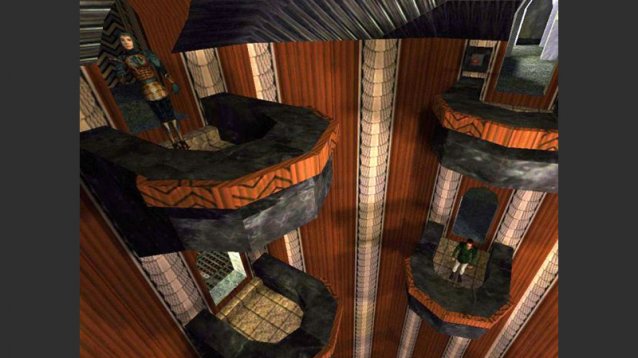
And the game’s mechanics are simple yet effective and the game never tries to shoehorn them into something that doesn’t work with them. There is no boss fight, no sudden forced combat. Not that combat doesn’t work at all, but it always feels like it’s the wrong thing to do. Garrett does wield a sword and is himself a capable fighter, but hacking and slashing through hordes of guards never seems like it is the way the game is meant to played. Combat is a backup when sneaking fails, not a means to an end.
Also the game has an interesting way of upping difficulty. The levels get bigger, the security systems get better and the guards a bit more numerous. But only ever so slightly. There is always a challenge. And once the initial quarter of levels has been mastered, the player has been made so familiar with with the game’s systems, that the later levels serve first as a playground for a player who knows the systems well, and then eventually as a proving ground where the player has to prove that mastery of the systems has indeed been achieved.
Thief II: The Metal Age does not have a boss fight at the end. It has an impossibly large, heavily guarded, unsettlingly challenging level instead. The game’s main antagonist is not a final boss, he does not don a steam driven power armor, which Garrett has to disable with three well placed water arrows or any such nonsense. Instead it is the fortress this madman built that serves as the final challenge. A much more fitting climax to a game like this.
Sadly games of a coherence and overall quality like Thief II: The Metal Age are a thing of rarity these days. And those of us who cling to its greatness are often times ignored and waved off as old timey taffers who bemoan the passing of their glory days. Let me tell you, I know these people when I see them, I am not one of them, I dread becoming one of them. There may be many cases of undue nostalgia out there, but the fond memories of the old Thief games are not among them, they are as great and relevant today as they were a decade ago. Too bad few game designers remember that.

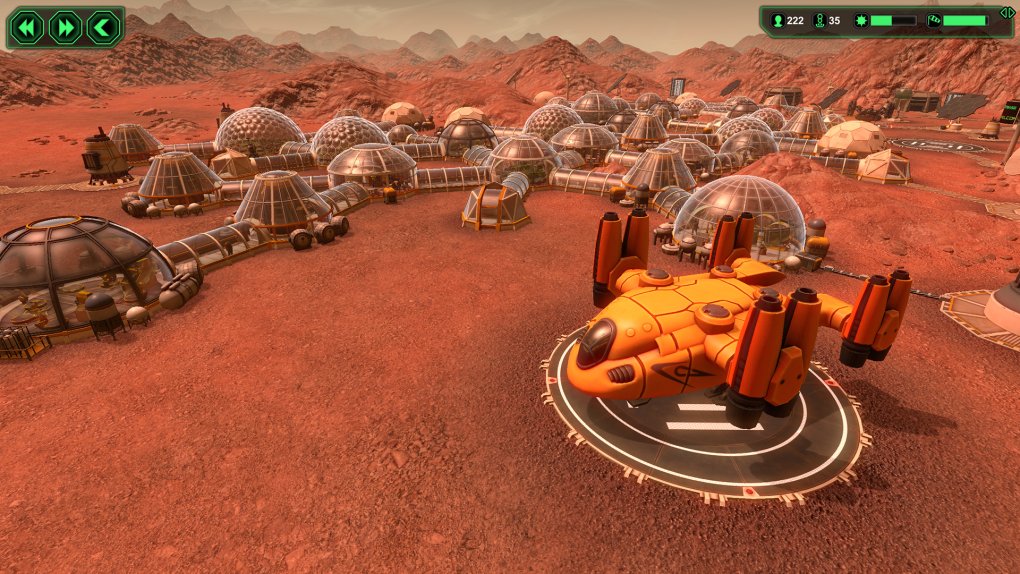
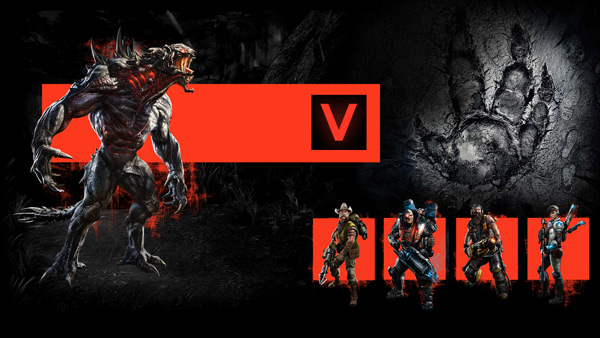

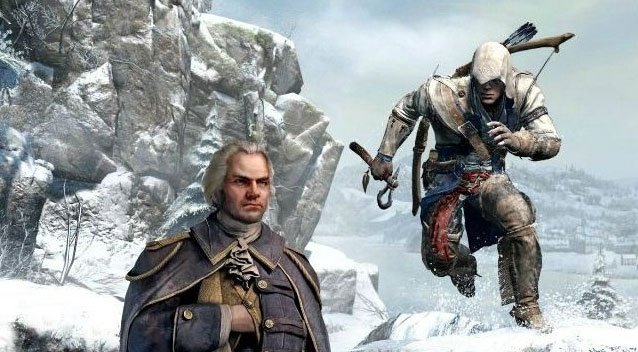 Assassin’s Creed 3 - A Look at Design (E3)
Assassin’s Creed 3 - A Look at Design (E3) Lego Marvel Super Heroes Walkthrough
Lego Marvel Super Heroes Walkthrough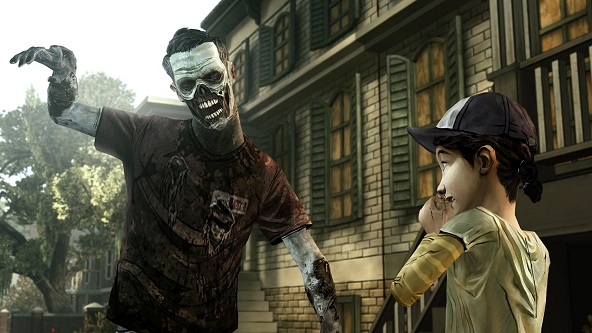 The Walking Dead: Episode 4 Walkthrough
The Walking Dead: Episode 4 Walkthrough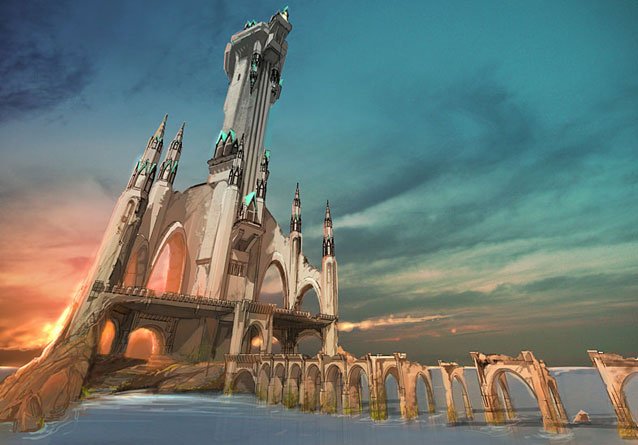 What Video Games Can Really Teach Us: Active and Critical Learning in Gaming
What Video Games Can Really Teach Us: Active and Critical Learning in Gaming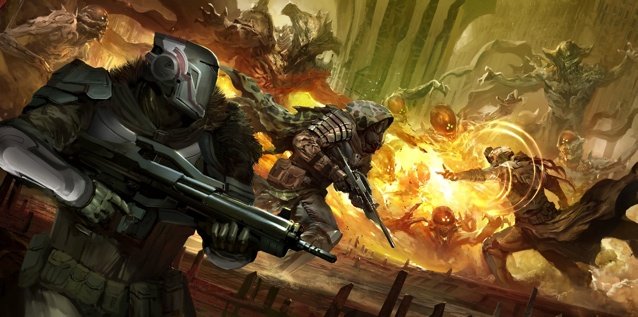 Why Bungies Destiny Is Not For Me
Why Bungies Destiny Is Not For Me